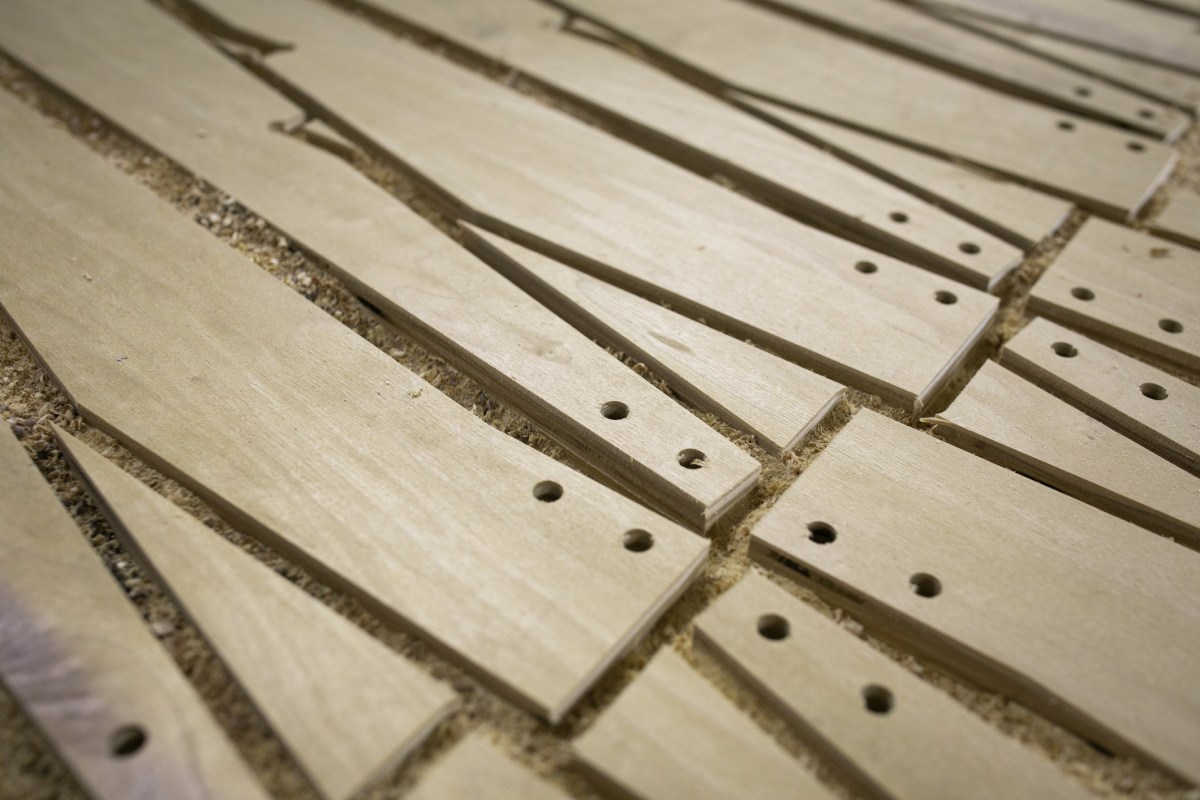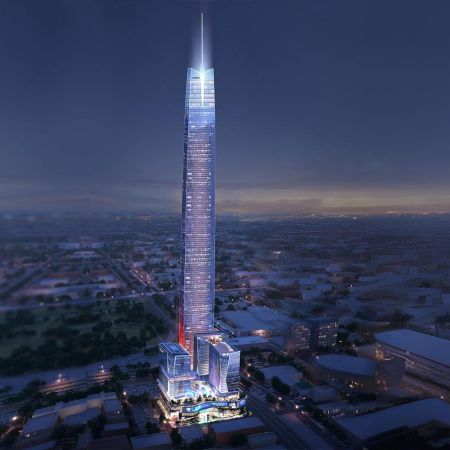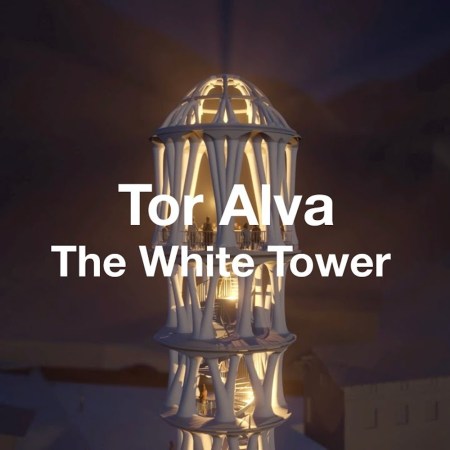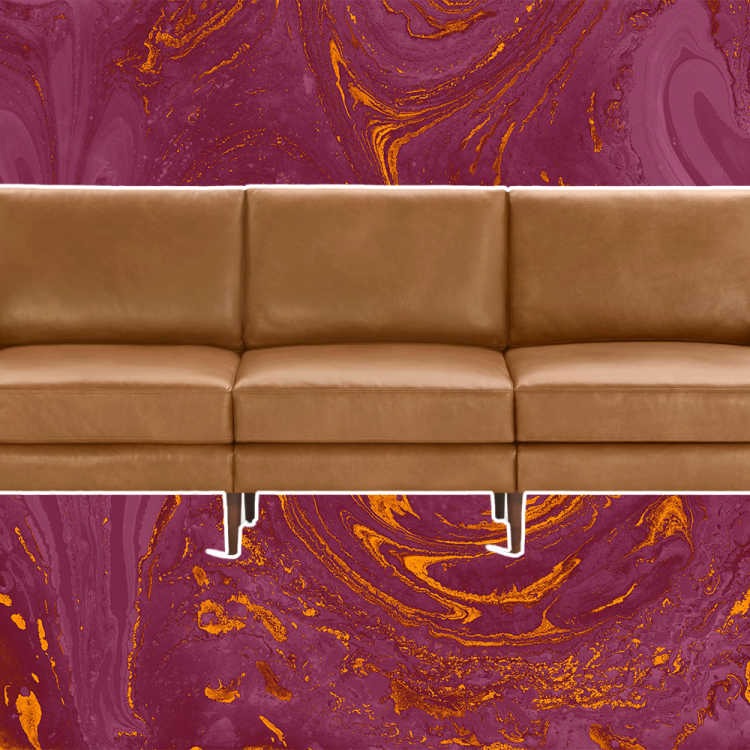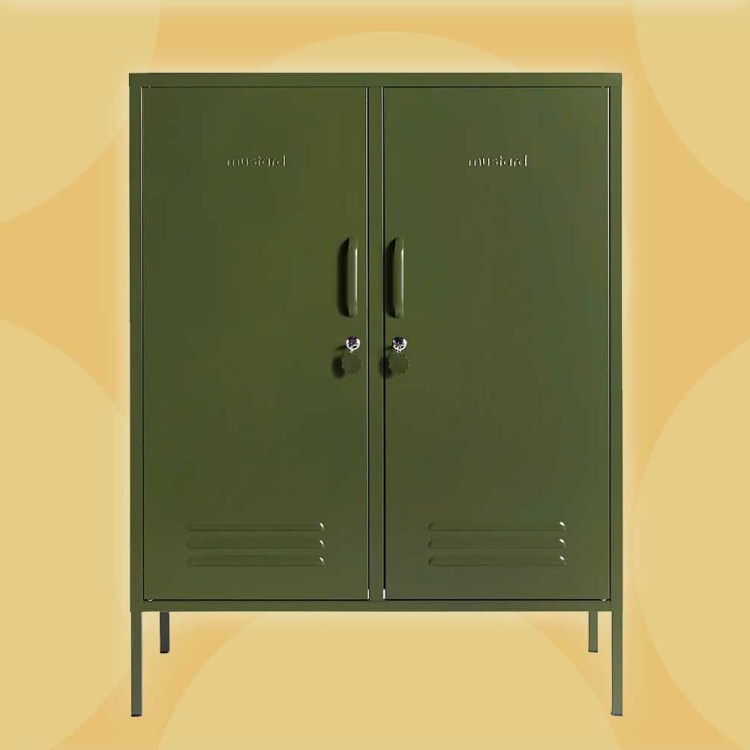While the first thing that comes to mind when you think of flat-packed components might still be IKEA furniture, that’s far from the only thing that’s using this concept in 2022. The idea of architecture using flat-pack components has led to some visually striking work in recent years — and, arguably, has a long and storied history. For some architects and designers, finding a way to create a memorable structure using flat-packed elements is a challenge they’re eager to accept.
Cue Copenhagen’s MAST, who have recently applied that concept to the idea of waterfront buildings. A new article in Dezeen explores MAST’s new concept for floating homes made from flat-pack components. The name of the concept is Land on Water, and — based on the renderings that are now circulating — it blends a kind of waterfront grace with a measured coziness.
Marshall Blecher, one of MAST’s founders, described Land on Water to Dezeen as something that could “provide a way of organically developing large communities on water.”
MAST’s website has more details on the project, describing it as “an alternative to the large master-planned floating cities currently under development which repeat many of the mistakes made by urban planners in the middle of the 20th century.”
The system seems designed with modularity and flexibility in mind. It also features components that “provides an ideal habitat for fish and crustaceans and an anchor point for molluscs and seaweeds” — in other words, a system that won’t be too invasive to local environments. With climate change affecting the shape of waterfront spaces around the world, something this flexible could prove essential moving forward.
Thanks for reading InsideHook. Sign up for our daily newsletter and be in the know.
